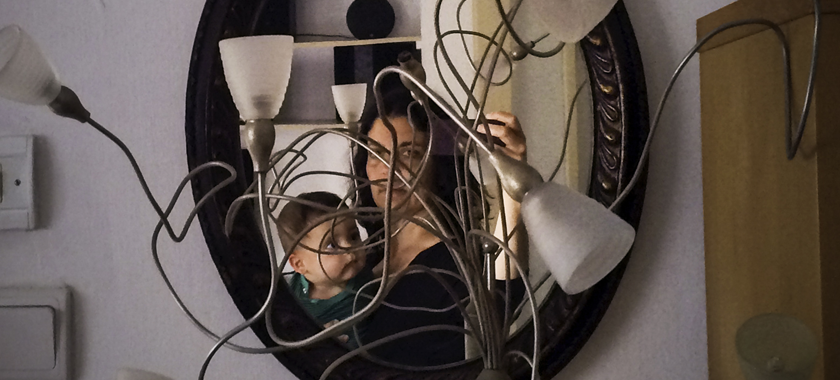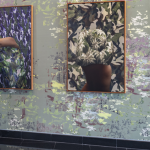The 9 Do’s of Grant Proposal Writing
We help you narrow your focus on funders and opportunities that are the right fit for your project, and review the basic elements of a grant application.
Funding is key to turning your project idea into reality. In this post, Matthew Seig, Media Specialist, NYFA Fiscal Sponsorship, and Alicia Ehni, Program Officer, NYFA Fiscal Sponsorship, will help you build fundamental skills in grant proposal writing. They’ll provide tips for understanding what funders are looking for, and provide helpful links for locating grant opportunities. Read on for the full story!
Do: Determine Whether You’re Eligible
Artists of all disciplines have limited time and resources. Before jumping headfirst into a grant application, read the eligibility guidelines carefully. If you meet the criteria, then proceed. If you don’t, move on! Think of the time that you’ll be able to dedicate to other applications that are a fit.
While this “Do” may be obvious to some, we still find some applicants miss the mark here.
Do: Understand the Funder
A grant is a sum of money given to a project for a specific purpose. Grants can be made to organizations or to individuals, and can be awarded for small or large amounts. They can be awarded for general operations or for specific programs. Government entities, philanthropic private foundations, and public charities are examples of different types of grantmakers.
A funder is a partner in helping an artist complete a project, and ultimately grow their career. Understanding the funder isn’t transactional, so much as it is about considering if this funder could be a partner, an entity you want to build a relationship with.
You can learn about funders and the grants they award by visiting their website “About” and “News” pages, following them on social media, and looking at their 990-form filings. Visit sources like Philanthropy News Digest to gain a sense for what news and trends are happening in the arts funding world. This will help you to determine funders’ interests, and how they support them. Find out who is on their board, and get to know them and what types of projects they’re funding. Does your project fit or connect?
For example, if you’re applying for government funding, your project should demonstrate an understanding that public funds paid by all taxpayers help to support the grant. It can be useful to talk about how your work will benefit the community or communities of this funder in an accessible way. “Remember,” says Ehni, “that equity, diversity, and inclusion are important values when asking for tax dollars.”
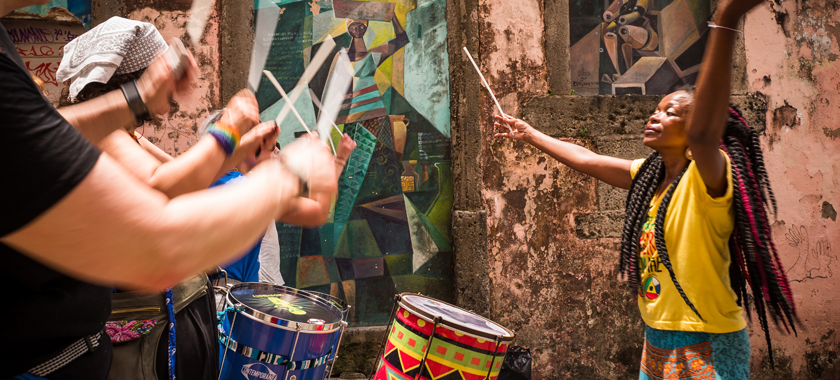
Do: Determine if a Grant Opportunity Aligns with Your Project
Alignment is a matchmaking process between a funder and a project; it is about applying for an opportunity that is the right fit for the project, at the right time in its lifespan.
Ehni emphasizes that “A grant to your project is the vehicle through which a grantmaker expresses their own mission.” She encourages you to consider what you know about your project, how urgent or critical your funding needs are, and why this opportunity is a good fit for both you and the funder.
“Once you find a grant opportunity, we recommend that you really slow down to determine if alignment exists between your project and the funder,” says Ehni. “Alignment with the funder requires a deep understanding of your own project’s mission and needs, as well as the funder’s mission, values, and perspective,” she added.
This quote, which was shared as part of the 2013 Grantmakers in the Arts conference, summarizes it well: “It matters that we give; it matters to whom we give; and it also matters when in their development as artists we give.”
Do: Know Where to Look for Opportunities
“There’s unfortunately no one-stop shop for every discipline,” says Seig. Here are a few ways to approach your search:
- Keep your eyes open, stay in touch with the community of your discipline, and take the time to attend interesting webinars or live events now and then, and ask your peers.
- Mine the resumes of artists you admire. See what organizations are supporting them. What residencies did they attend (at what point in their careers)?
- Stay in touch with your career center and mine opportunities from other schools’ websites.
- Bookmark resources including the NYFA Opportunities page, Creative Capital Online Resources, your state and local arts councils, Alliance of Artist Communities, and Candid. For filmmakers: check out the International Documentary Association.
Do: Communicate Your Project Scope with Funders
Take a moment to distinguish between your practice as a whole, and the particular project you’re seeking funding for. “When applying for funding, you need to clearly define your scope of work. You might receive a grant to create a body of work for a particular exhibition, for example, or cover the cost of creating and installing a public sculpture, producing an opera, or publishing a book,” says Ehni.
Think of it graphically: your entire practice as a pie, and your project as one piece of that pie.
Communicating your scope also means zeroing in on your target audience, and in what form they’ll benefit from your work. “Is there a particular group of people that will attend your event, or read your book, for example? How will you deliver your project? What form will it take? And what are the desired outcomes of your project? Highlight what changes or transformations might occur as a result of your project.”
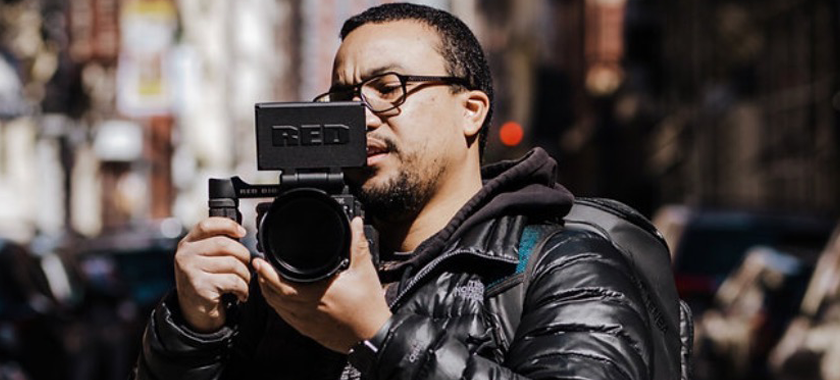
Do: Understand the Key Components of a Grant Proposal
Applications typically have the following components. Ehni stresses that each part of the application should work together to support your grant application.
- Summary – A brief summary is a very short synopsis that connects your project to the funders, interests, and mission.
- Narrative – A narrative that goes into more detail and tells the story about your project.
- Biography – Biographical material of your history and accomplishments shows that you have the skills and experience for this project or that you are working with team members who have greater experience than you, and who will help you.
- Outcomes/Impact (Who are you serving? How can you quantify the results of your work?) – How your project will be seen and who will see it is more important than it may sound. A funder’s mission is not complete if people do not see the work that they fund, and they have plenty of experience with work that goes unseen.
- Budget – An expense budget, detailing costs and an income budget that details where the income for paying for all the expenses will come from. A balanced budget shows your strategy for raising funds as well as your ability to manage them. Your income line could also include other grants or sources of funding!
- Work Samples – Work samples that include an explanation of how they relate to the proposed project.
- Letter of Support – Letters of support for your project, from parties interested in assisting you or who are interested in exhibiting your work.
Do: Get Your Work Out There
Seig emphasizes that it is important to get your work seen, and to learn how to publicize your work and yourself. Be active in your community of artists and show up and speak up.
He says: “People who are trusted and well regarded receive more grants than people of unknown character.”
“This advice does not mean that you have to meet and know funders personally,” Seig continued. “It may simply mean that they know of your previous work, or they can see that you’ve been applying to their organization repeatedly and that you’re committed to your art. They can know the team you’re working with, the organizations you belong to, the people you have studied with—if only by reputation. The goal is to get on a grantmaker’s radar.”
“The more points of contact they have, and that you have with their interests—the very first being that you can write a decent grant application—the better your chances of receiving their grant,” Seig concluded.
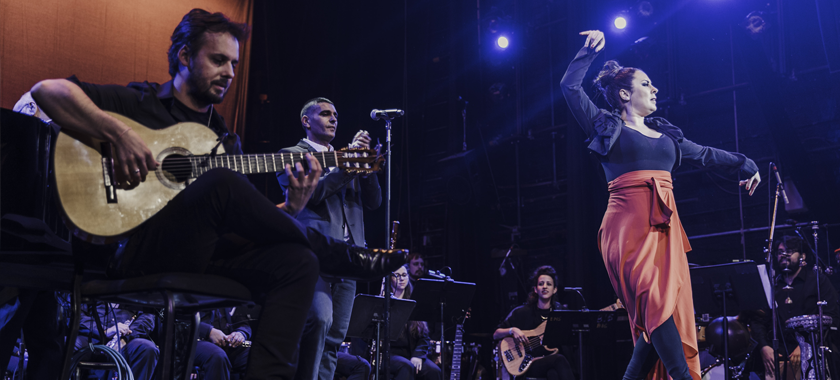
Do: Stay Connected with Funders
Congratulations! You’ve gotten a grant. The first next step for building on this success is to follow your grant agreement and provide requested info for grant reporting.
“You should track engagements and impact as you define them in your grant application. For example, if you’re having events in person or remote, you should get all those numbers of how many people attended and how many people followed you in social media. If you have any amazing quotes of people from attendees, if people are opening and engaging with your newsletters, and if you’ve connected with the public, report it!” says Ehni.
She also suggests that you update your founder on progress and impact communicating changes if the project gets delayed or if your scope of work changes.
The second step is stewardship. Continue to stay in touch with your program officer, and be sure to credit the funder as they specify.
Do: Consider Fiscal Sponsorship as a Means of Increasing Your Funding Options
A fiscal sponsor is a not-for-profit organization that has received 501(c)(3) funding from the IRS. This is a special tax credit that identifies charitable organizations and these organizations do not pay taxes.
It’s a financial and administrative tool that increases the ability for individual artists and emerging arts organizations to fundraise for their own projects—as long as there is a public benefit component to the work.
This type of relationship gives artists the ability to apply to large-scale fundraising opportunities from foundations, government, and corporate funders that are usually restricted to 501(c)(3) tax-exempt organizations. IT also give you the ability to offer individual donors a tax dedication for their gifts.
“NYFA’s Fiscal Sponsorship program provides support to artists that goes beyond qualifying you for grants that require a nonprofit status or to give benefits to your donors,” says Seig. “NYFA artists have access to consultations with staff for fundraising strategy sessions, and reviews of grant proposals, letters of interest, and promotional materials such as websites,” he added.
When you successfully apply for grant funding, the money goes from the funder to the fiscal sponsor, who then distributes the funds to the artist.
Learn more about NYFA’s Fiscal Sponsorship Program and its four no-fee quarterly deadlines here.
–Compiled by Amy Aronoff, Senior Communications Officer
These insights were shared as part of “Build Your Fundraising Toolkit,” a presentation Seig and Ehni gave as part of a partnership with NYFA and the Office of the Arts, City of Alexandria.
You can find more articles on arts career topics by visiting the Business of Art section of NYFA’s website. Sign up for NYFA News and receive artist resources and upcoming events straight to your inbox.
NYFA Fiscal Sponsorship’s quarterly no-fee application deadlines are March 31, June 30, September 30, and December 31. We also accept Out-of-Cycle Review applications year-round. Reach out to us at [email protected] for more information.

